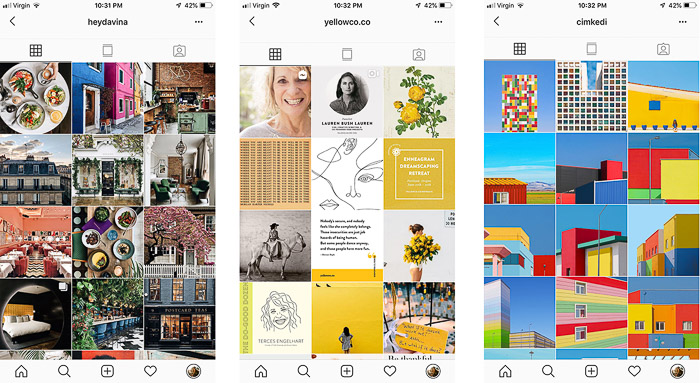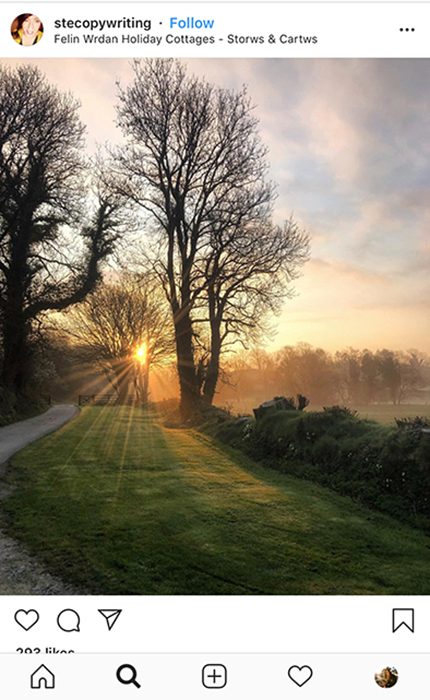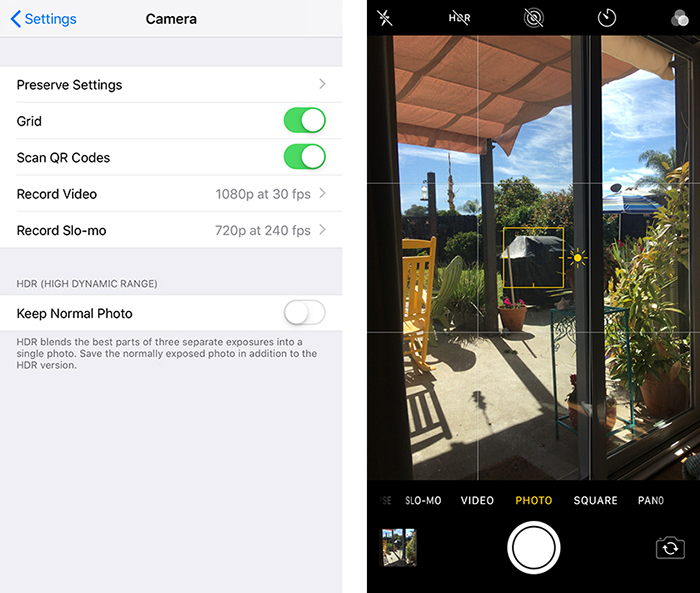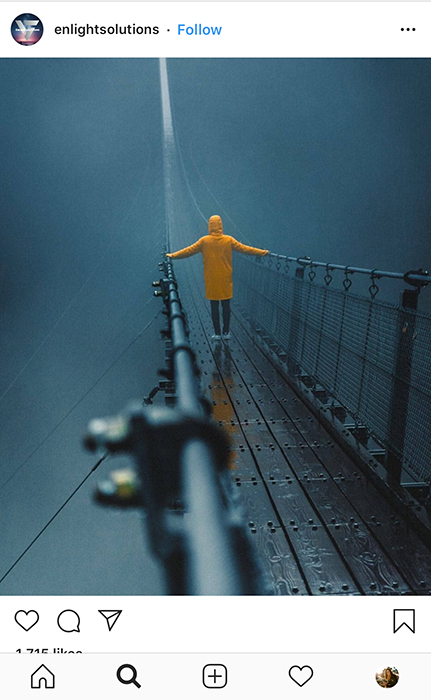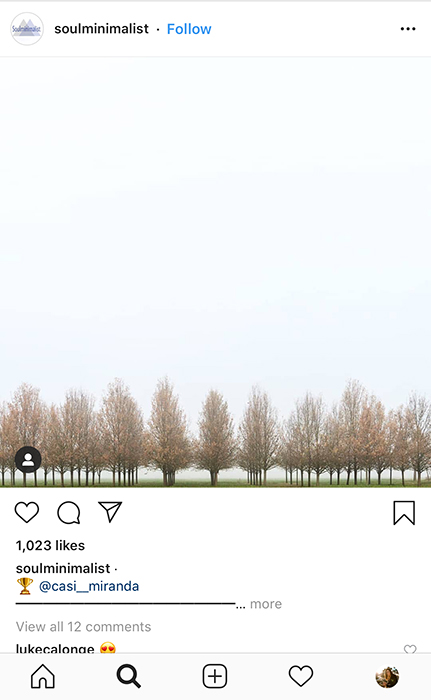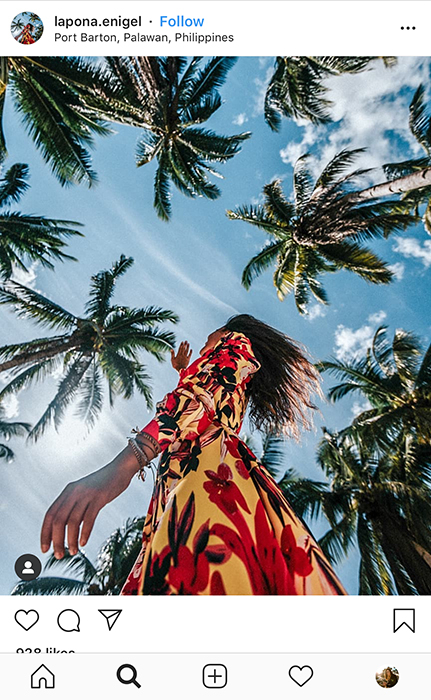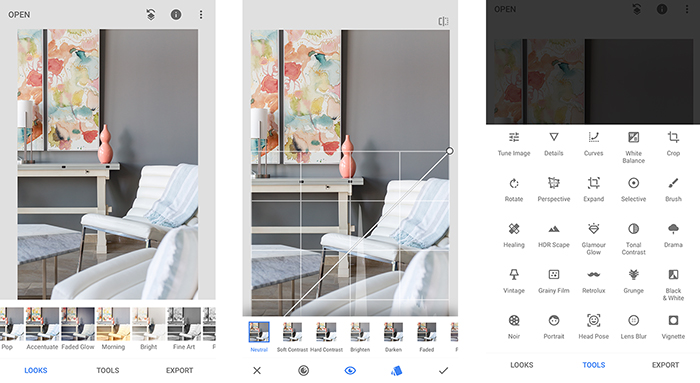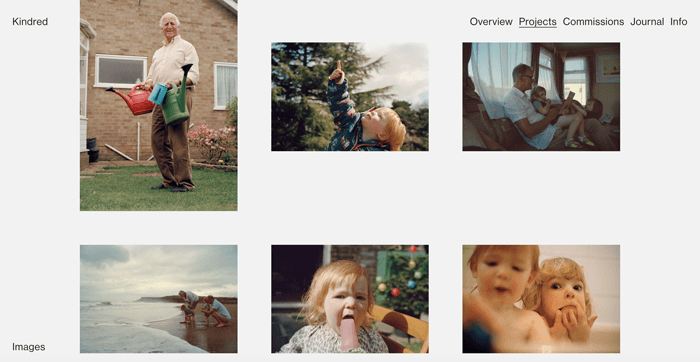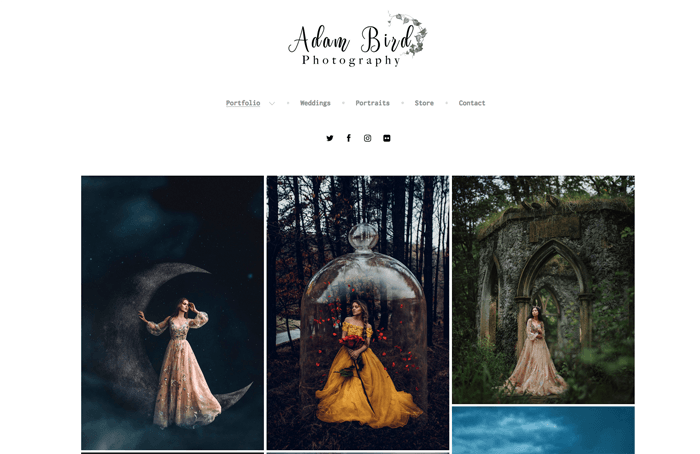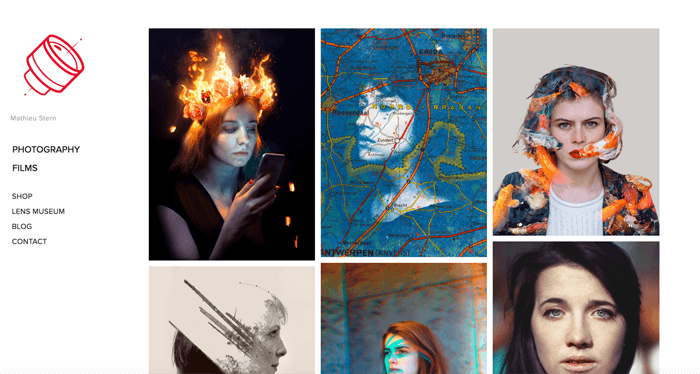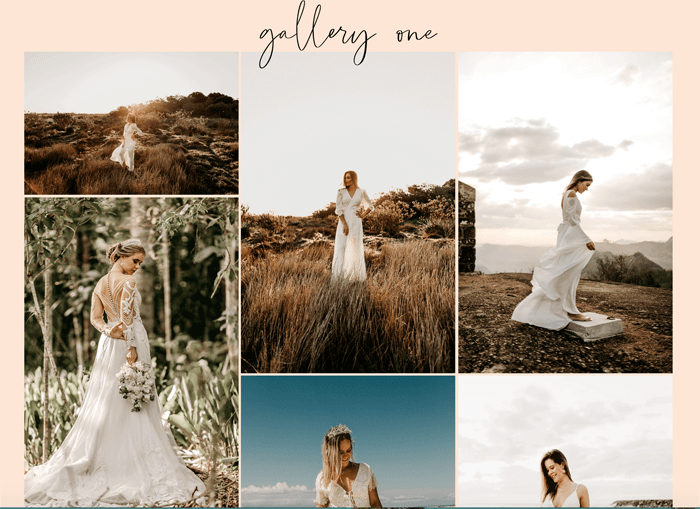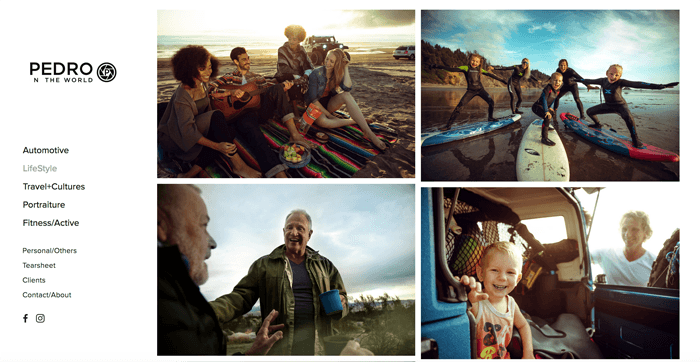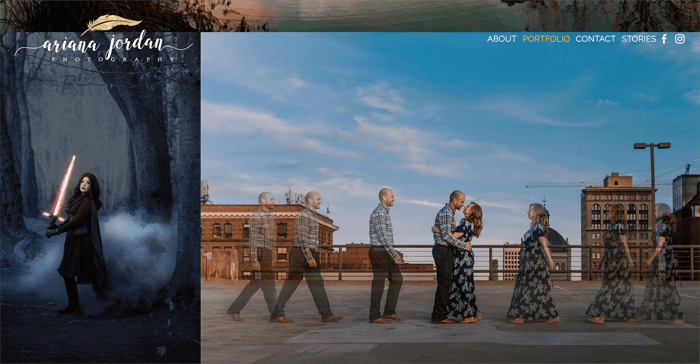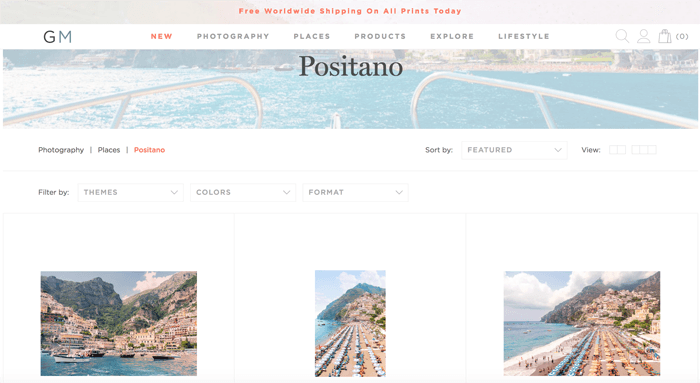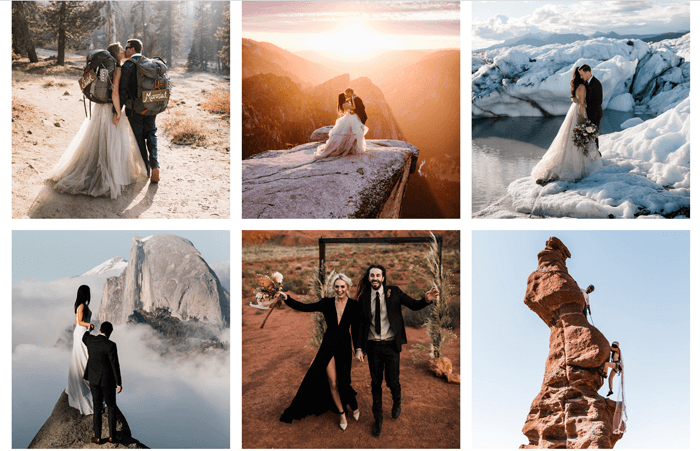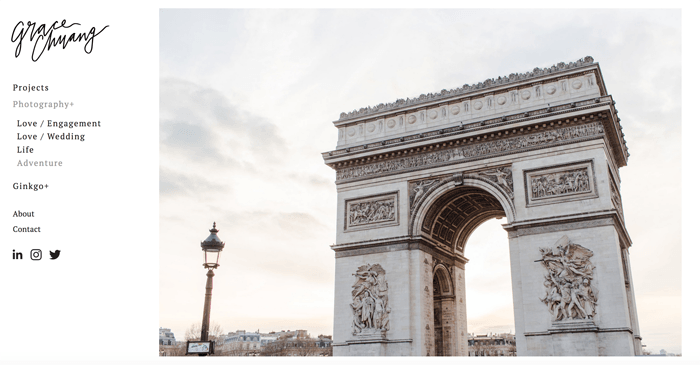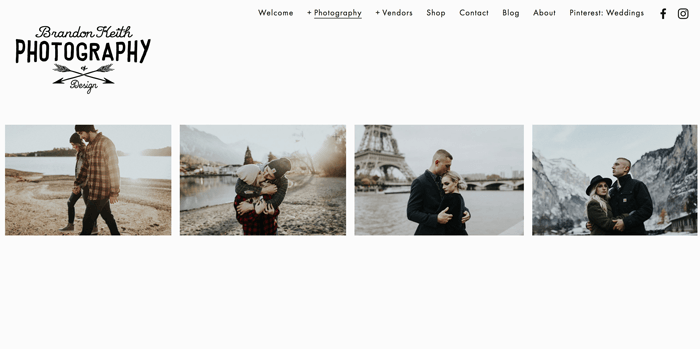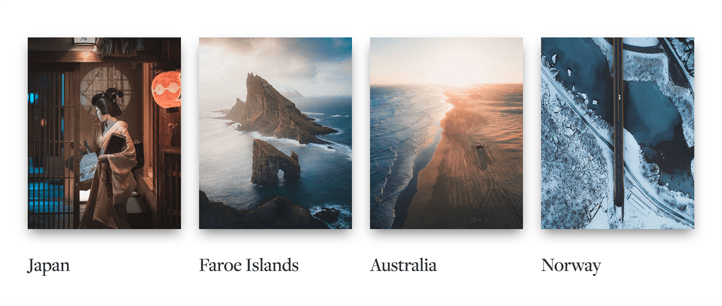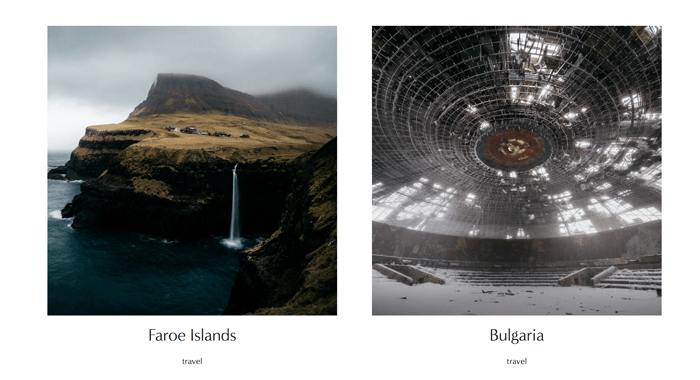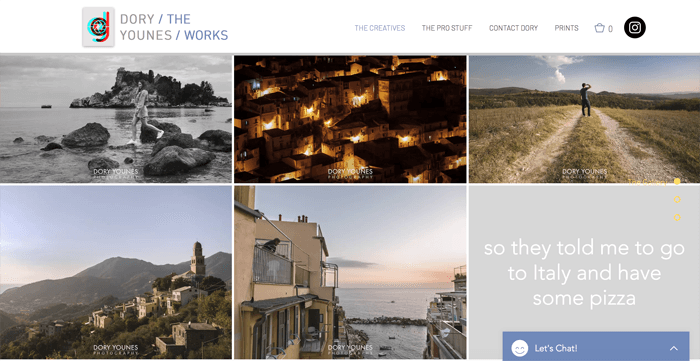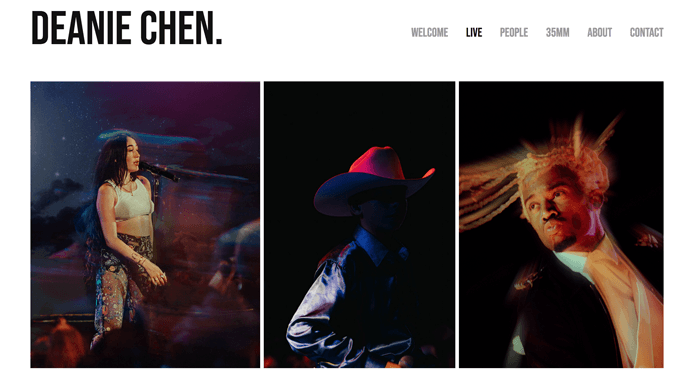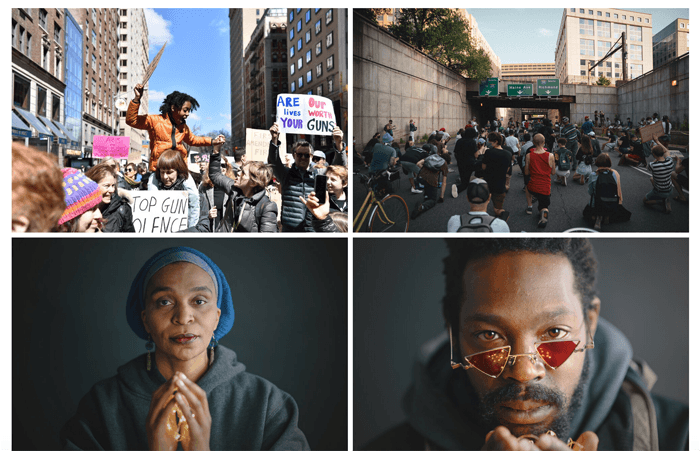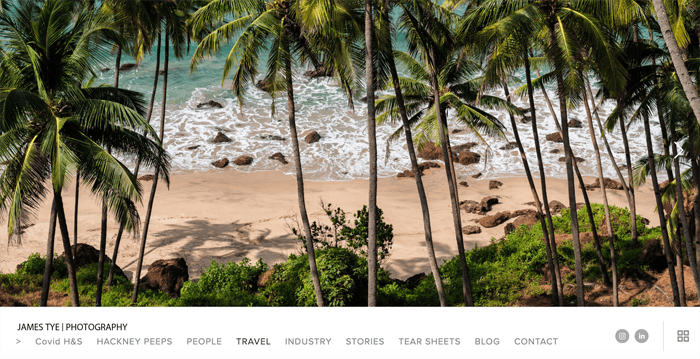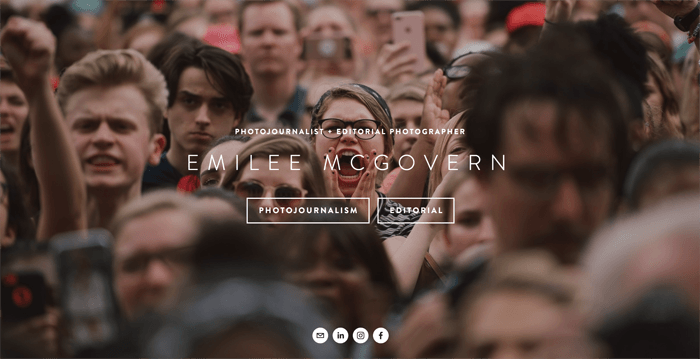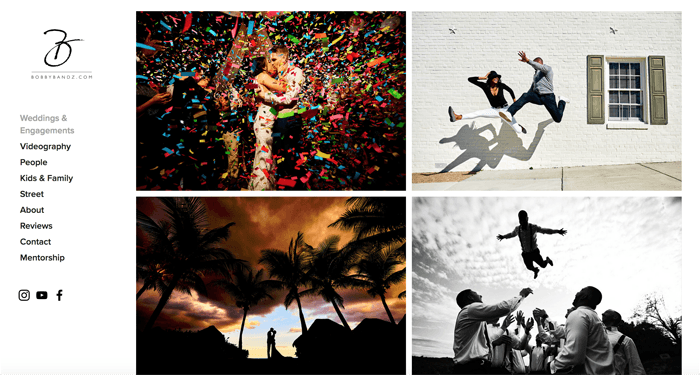How to Become a Professional Travel Photographer
Tags: Photography for Beginners, Travel Photographer
By Craig Hull
Many photographers see the likes of Steve McCurry and Sebastião Salgado and want the same lifestyle as a travel photographer. It is an attractive position. It means you get to travel and capture art at the same time.
This is one photography genre that looks easy, yet you can find many obstacles. Read below for the best tips on how to become a professional travel photographer.
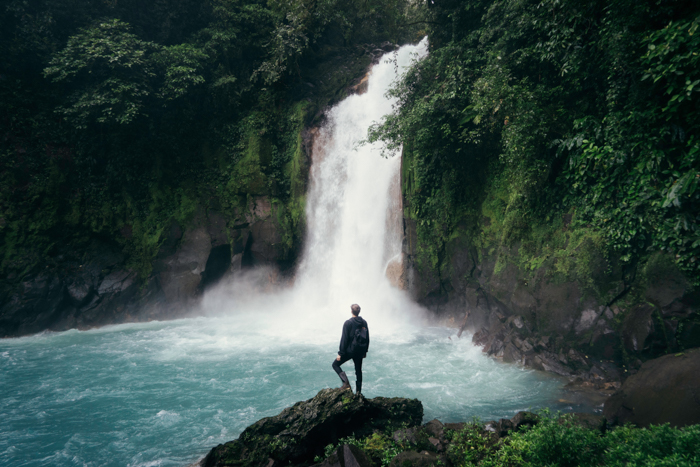
What Is Travel Photography?
Travel photography
is an all-encompassing field. It incorporates all sorts of photography
fields within it. So what does professional travel photography look
like? Amazing shots of rolling landscapes, captivating portraits, and interesting food.
You can look at National Geographic and see glaciers. Likewise,
tourism brochures show foreign markets and environmental portraits.
Travel photography is something you’ll find, no matter where you look.
They adorn large billboards and advertisements. Anything from
flights, to Airbnb apartments or the ambiance in restaurants. They sit
in magazines and newspapers to attract people from all over the world.
Is all the photography you capture while traveling travel photography? Well, no. Street photography looks at street, architecture, urban, portrait, nature, wildlife, landscape, and adventure photography. Yet, destination weddings, sports or events don’t fit well here.
They can be of a documentary concept, to report on areas and
situations as they are and happen. These are the most realistic
settings.
There is also a commercial aspect. Here, photographers capture restaurants and hotels used for promotion.
There is no end to the subject matter, making it an open market for all kinds of photographers to try their hand.

Common Questions
How Much Does a Professional Travel Photographer Make a Year?
This is not an exact number. It depends on what kind of travel
photography you capture, and where you sell your images. If you choose a
few avenues rather than one, you have the chance to make more money.
If you prefer to take your time and explore rather than rush from
place to place, then you’ll make less. But, you’ll have more time to
soak up the delights.
There are more and more travel photographers these days, yet there is
still a huge demand. Images of locations need updating, and growing
tourism markets means more demand.
If you take the Bureau of Labor Statistics’ word, then you could be
earning a median of a little under $30k a year as travel photographer.
How Do I Become a Professional Travel Photographer?
Like almost every field of photography, you start by starting! This
might not make sense, but you need to get out there and start taking
images.
The most important thing is the portfolio.
This is an online or print version of a series of images that you
captured. It lets clients see what and how you capture. It is a visual
guide on what quality they can expect from you.
Without a portfolio, clients might find it challenging to give you
work based on your word. You can start on a local level if you don’t
have the capital to go traipsing far and wide.
Research what clients are looking for, aim to capture them, and then
show them. The images you don’t sell could work well on stock
photography websites or as sellable prints.
Once you start building a reputation as a travel photographer, it is
harder for clients to turn you down. Keep practicing until you start
filling commissioned settings and then keep exploring.
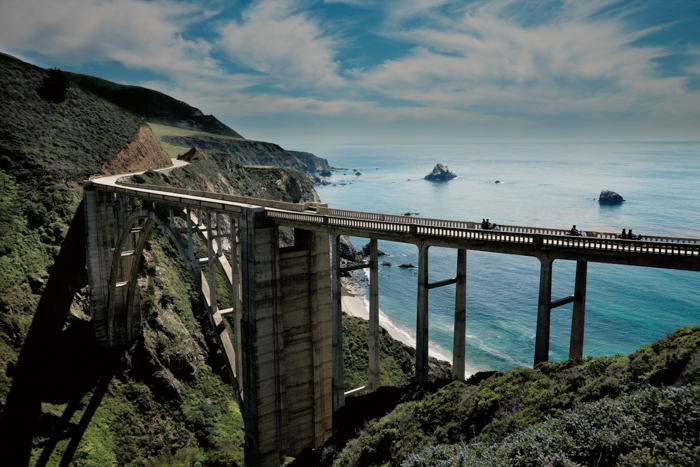
What Education Do You Need to Be a Travel Photographer?
You don’t need a degree
to be a travel photographer, but having one might help in some cases.
Photography is a visual art and very hands-on, so you show you can do it
by showing you can do it.
Knowing how to use your camera is key. An understanding of how to
capture landscapes and portraits. Or how a street scene can work from
long exposures. The more techniques you have under your belt, the
better.
Do You Need Qualifications To Be a Photographer?
Your clients are looking for stunning images, not certificates. A
photography qualification doesn’t say its holder can take amazing
photos. Only a portfolio can do that.
Some might find it easier to find work with a photography degree. But it isn’t a prerequisite if your images are strong and captivating.
How to Make Money as a Travel Photographer
Is it possible to make money as a travel photographer? A resounding
yes, although some areas might not be as easy to get into as others.
Either way, expect hard work and many hours in front of your camera and
computer.
The benefit of being a travel photographer is life on the road. You
can visit different areas with the freedom to explore. The more open to
ideas you are, the better the chance you have in making money.
To make a living from travel photography means you might have to look
at a few different avenues. Many fingers in many pies mean you don’t
starve. If one area isn’t producing money, you still have a chance that
the others do.
The area you want to get involved in will denote what you might need.
For example, if you plan on selling images for people to use as wall
art, then you’ll need an Etsy page, for example.
Some photographers will need specific gear. Devices such as tripods, sliders, and intervalometers are helpful. But you’ll undoubtedly need editing software, marketing knowledge and some idea of sales.
But. And a big but. What if you don’t have the capital to start?
Start in your local area, as to others, where you live would be
considered as travel. Build up some contacts and a reputation if
possible while you save.

How to Sell Images in the Digital World?
Selling your travel photography
is going to be crucial for a sustainable business idea. Many consider
selling your images on a digital platform as the bread and butter of
your money-making machine.
To start, I recommend adding your images to an online platform. These
will help put your name out there and will serve as a portfolio of
travel photography for others to view. Potential clients are always
searching for examples of work.
Use a platform such as 500px, where you can license your images with a
few clicks. There are a few stock photography websites you can sell
your images through. But dropstock.io will upload to many stock websites
for you.
By licensing your work,
you can sell images while you eat, sleep, and travel. If they are on a
website somewhere for someone to access and buy, then they are selling
themselves.
If you are building up a reputation, you can sell through your own
website. This means no commission to stock photography sites. If you
build up a good network of companies and/or blogs that need images, they
might even come to you first.
What About Selling In a Physical Format?
You might be the kind of photographer who isn’t completely into the
digital world. There is still a market for you to make money and a
living from travel photography.
One way to do this is to create prints of your images and sell them through specific art websites. Etsy
is one good example, but you’ll also find that Fine Art America. Some
photographers use eBay due to the number of people who use the website
and the low cost of hosting a print.
The benefit of selling physical prints is that you can sell them both online and in-person. I have created photography books, postcards, and prints. These are sold in art markets, art shops, and hostels.
Prints can also sell themselves, but the money can come in dribs and
drabs. There isn’t any guarantee that you’ll sell enough of them to be
worth your time standing in the cold.
Unlike digital images, these can’t be stolen or reused without your
say so. They might need a lot of your time, plus the initial capital
needed to print these can be high with no guarantees.
Approach galleries when you have a series of work,
and you might find buyers through them. They will take a commission
depending on the space. But in turn, they provide an outlet that many
people have access to.
If you’re just starting out, it might be difficult to sell your
images at first. Unsplash is a free stock photography site that others
can use for free content.
The page is well known, so they receive lots of exposure. If someone
uses your images, they can then place it on their page with your link
and/or name. This is just another area that will help spread your
pictures and your name.
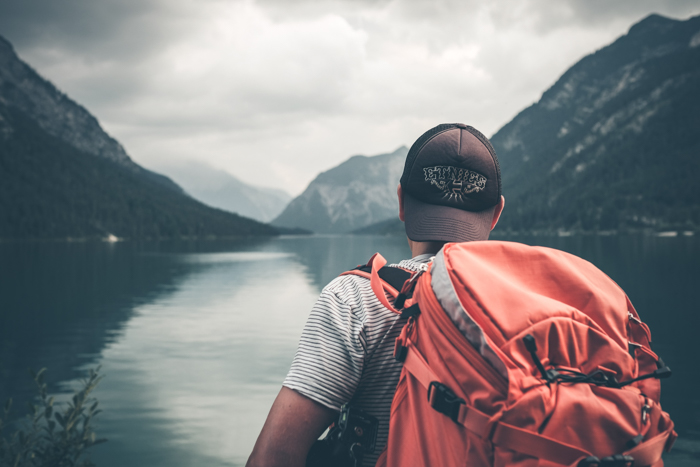
Work as You Go
As you’re traveling to foreign places, you can offer your services to
businesses. They are in great need of images from the destination you
are in.
These could be travel agents, magazines, and newspapers. Anyone in
the travel or tourism industry needs strong images. I have stayed in
hostels for free by exchanging professional interior images for free
accommodation.
If you’re going somewhere abroad, search for opportunities each area
might present. Even having the images for sale on a stock photography
website is beneficial. As the number of images grows, so does your
chance to make money.
Many businesses prefer working with the same person if they provide
high-quality images. They might even commission you to capture the
images they need.
The problem with stock photography images is they are reused over and over again. This removes any uniqueness.
Create a strong photography portfolio of work you can show off, and keep on top of it. Show off your newest work, and the businesses will find you.
How to Capture Great Content
The number one idea with travel photography, like any other field, is
to create strong content. It could be down to the quality, the
post-processing, or the techniques you use. It could be due to the
uniqueness of your approach.
Strong content is king, so if you are looking to sell your work, through a gallery or online, your images need to be good.
The better they are, the more people will pander for them. A
beautiful image in a tourism brochure says a lot about the company that
shows it, so they will pay top dollar.
One area you can look at is photography writing. If there is an area
of photography that you know about, why not write about it. It could be
about time-lapse or long exposure photography.
There are many places you can do this, either for yourself or for a travel/photography blog. The benefit is that not only are people reading your helpful content, but you also get to share your images. Whammy!
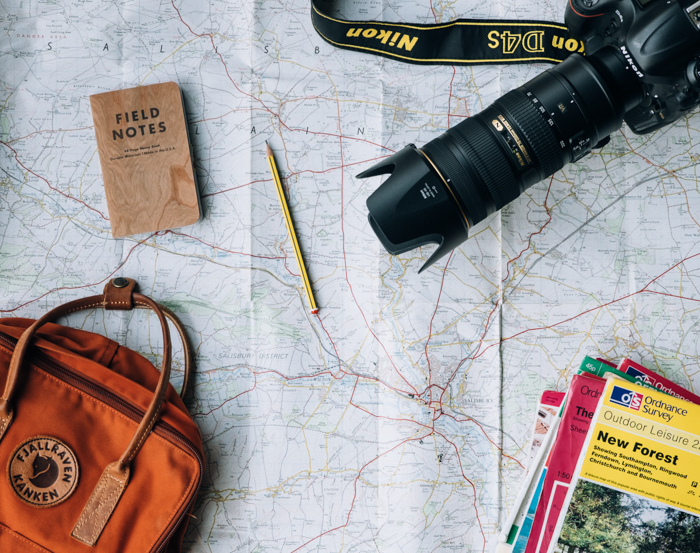
Use Tours and Workshops as an Extra Income Source
When I first arrived in Budapest, I was trying to find a job. I looked at all the photography possibilities I could. However, nothing seemed to fit my style, work ethic, mentality, or field.
As a documentary photographer, I contacted newspapers and magazines but didn’t land a position. It wasn’t an easy time.
So I started thinking outside the box. I realized that with a little marketing,
I could teach street photography workshops. This fits into my passion
and experience as I had a background in both photography and tutoring.
It was a success, but it took a while for me to get my name out
there. The benefit was that it took a day or two to come up with some
free marketing avenues online. These allowed me to start immediately.
For everyone else, there is something they can teach. It could be composition, landscape photography, or by showing very specific locations.
Is This the Right Field for You?
Firstly, do you like to travel? How do you feel about long flights,
stuffy airports, and unpacking/repacking your gear? What about living out of a suitcase?
Travel photography isn’t for the faint of heart. Many see this field
as being easy, yet it isn’t the case. You might have to deal with poor
weather conditions, aggressive locals, or less than ideal situations.
Traveling can suck away all your energy. This isn’t helpful if you have limited time to capture the images you need.
You may think, ‘Oh, great…I get to go to Paris!’. Yet, have 36 hours to capture four different locations, leaving you not much time to enjoy the area you are in.
There is a lot of stress involved. Not everyone speaks a language you
know or understands your dietary constraints. It is a job like any
other photographic field, and not always as glamorous as Instagram feeds portray it to be.
This is a field for tolerant, flexible, patient people who know how to work with a camera.
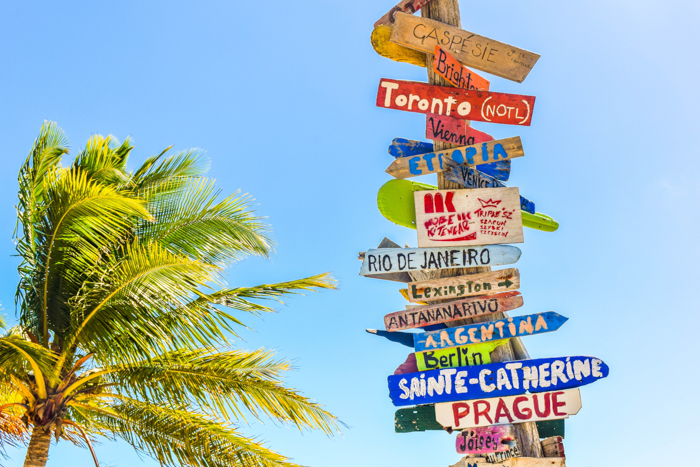
How to Get Started as a Travel Photographer?
There are many resources that can help you get started, but I believe
in a baptism of fire. If I was getting started from the beginning and
had a little capital to rely on, I would simply pick a place and go
there.
That’s basically it. You can work out everything else once you have
the setting. It could be a documentary piece in India, or capturing the
cloth dying process in Morocco.
Once you have the setting, you can start researching. Look at photography etiquette,
what time the sun sets, and where to stay. Then with a clear idea, you
are free to search for those who might be interested in such images.
If you can write, then you widen your avenues. The Sunday Times, for
example, is always looking for stories to publish. They will pay for
content as it means they don’t need to research, find and commission
someone else.
Even better if you have images to go alongside it. Do the project and get paid. Use some of the other images for stock photography websites and try to sell a few physical prints. The more avenues you have, the easier you can make it into a living.
------------------------------------------------------------------------------------------------------------------
PHOTOGRAPHY FREEBIE:
How to make money with your Photography even if you're not a Pro.
Copy & paste this link into your browser, click ENTER, and enjoy:
https://mrdarrylt.blogspot.com/2020/01/how-to-make-500-month-from-your.html
or
https://www.photography-jobs.net/?hop=darryl54
----------------------------------------------------------------------------------------------------------------------
----------------------------------------------------------------------------------------------------------------------
Need a camera? Try this link (Tri State Camera) for discounted prices: https://ebay.to/2Smb1ho
____________________________________________________________________________
Cash App Earn Money. Just copy & paste this link into your browser, click "ENTER" and
follow the easy steps: bit.ly/3g2Ghhi
